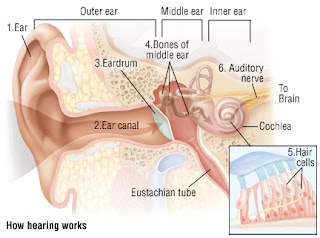U.S. Secretary of State Hillary Clinton recently warned that gene
assembly technology research could potentially be used by terrorists to
create biological weapons. If this is 'a' possible future or not, only time will tell, however it is indeed a scary thought.
The threat from bioweapons has drawn little attention in recent
years, as governments focused more on the risk of nuclear weapons
proliferation to countries such as Iran and North Korea.
But
experts have warned that the increasing ease with which bioweapons can
be created might be used by terror groups to develop and spread new
diseases that could mimic the effects of the fictional global epidemic
portrayed in the Hollywood thriller "Contagion."
Many
have been calling on the elimination of current viruses and diseases
that, if in the wrong hands, could be a powerful weapon. The U.S.
announced plans to destroy their smallpox stockpile in May 2011, despite
protests from the public. The government feared that terrorists could
use the virus to unleash a devastating attack. The disease, which killed
one-third of those who were infected, was last seen in 1978.
As
late as 2010, a congressional mandated panel reported that the U.S.
would not be prepared for a bioweapon attack. The Commission on the
Prevention of Weapons of Mass Destruction Proliferation said the Obama
administration failed in its efforts to prepare for and respond to a
biological attack, such as the release of deadly viruses or bacteria.
After that report, Obama announced during his State of the Union speech
that the country would be making strides to make sure it was prepared
for a biological terrorist attack scenario.
The World Health
Organization (WHO) has been pushing for countries to eliminate their
stockpiles since 2006. However, at the WHO's annual meeting, it was
decided that nations' could keep their smallpox stockpiles for at least
another three more years in order to develop vaccines and anti-virals,
according to
Reuters.
"The emerging gene synthesis industry is making genetic material more
widely available," she said. "This has many benefits for research, but
it could also potentially be used to assemble the components of a deadly
organism."
This probably reminds people about the Anthrax attacks almost a decade ago. Washington has urged countries to increase transparency in their effort
to lower the threat of bioweapons, but U.S. officials have shied away
from calling for a formal international verification system, citing the
complications that would be involved in monitoring the vast number of
labs that would have to be monitored.

